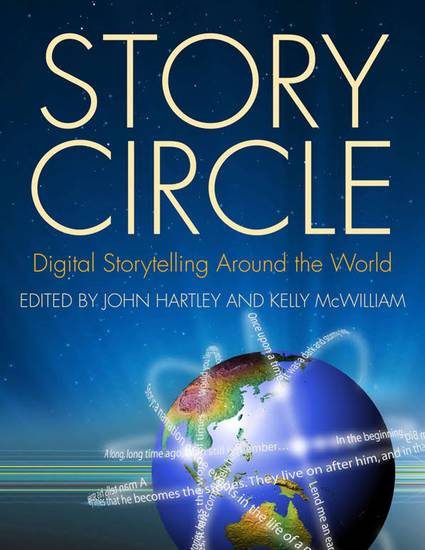
Contribution to Book
Digital Storytelling: An Emerging Institutional Technology?
Story Circle: Digital Storytelling Around the World
(2009)
Abstract
Education is susceptible to fads (Maddux and Cummings 2003). Technological innovations have brought about a number of fads in education that have failed to meet expectations (Oppenheimer 1997). Despite storytelling's recent renaissance, storytelling is not a fad; it has been used throughout history for teaching and learning (Abrahamson 1998). Stories help make meaning out of experience (Bruner 1996, Schnak 1990). Experience, and the stories created to make sense of that experience, is key to learning (Schank 1990, Zull 2002). Stories also help build connections with prior knowledge and improve memory (Schank 1990). As a result, good stories "are remembered longer by students than lessons that lack them" (Rex et al. 2002: 787). Given storytelling's central role in living and learning and the technological explosion since the late 1980s, it is not surprising to find digital storytelling entering the academic mainstream (Ohler 2005/6). However, despite the growing popularity of digital storytelling, its place in the classroom is still unclear.
Keywords
- digital storytelling,
- digital stories,
- narrative,
- teaching,
- voice,
- emotion
Disciplines
Publication Date
2009
Editor
John Hartley and Kelly McWilliam
Publisher
Wiley-Blackwell
ISBN
9781405180597
Citation Information
Patrick R. Lowenthal. "Digital Storytelling: An Emerging Institutional Technology?" Malden, MAStory Circle: Digital Storytelling Around the World (2009) p. 252 - 259 Available at: http://works.bepress.com/patrick_lowenthal/31/
